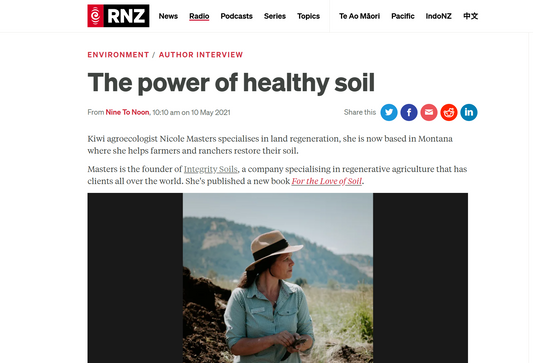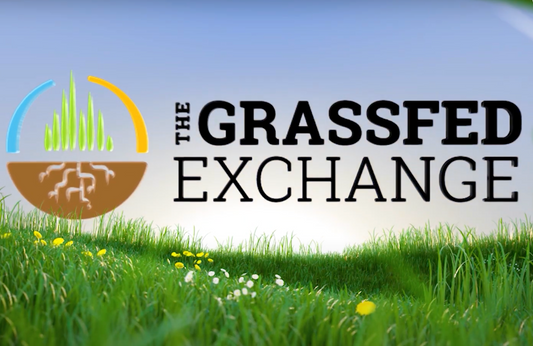Cover crops are taking off around the world with producers seeing significant benefits across their operations. Government agencies and extension providers in North America are getting behind producers with research and subsidies to encourage cover crop planting. For instance, the Department of Agriculture in Maryland is paying farmers up to $75 USD per acre to plant diverse mixes. Sadly, New Zealand research shows there is little financial incentive for NZ dairy farmers to uptake diverse mixes, despite estimated 40% reductions in nitrogen leaching. Not surprisingly, NZ studies also state that more research is needed around species mixes.
Quite frankly, researchers are never the leaders in innovation. In the meantime, it’s producers like Dean Martin, Steve Erickson and Hamish Bielski (NZ), Cole Seis, Nick Kelly and Grant Bain (Australia), Ben Stuart (Canada) and North Dakota farmer Gabe Brown (to name but a few), who are experimenting with what species work in their local climates. These farmers are all passionate about sharing their results in public forums and are doing the world a massive favour with their ability to communicate their results, both good and bad.
It has been an absolute honor to spend a little time with Gabe at different conferences. In my humble opinion, his ability to inspire change and action is unmatched by any other individual in agriculture today.
Encouraging diversity above and below ground is certainly paying substantial dividends to the Brown family. These dividends cover far more than just profitability; the Browns are building soil, restoring water cycles and providing other ecosystem services, like feeding pollinators.
Why are diverse plant species so important? Plant diversity has a vital role building soil health; it does this though root architecture adding depth, dimension into the habitat and food supply, both in its canopy and around its root system. This turns any operation from a single dimensional affair into something much more three dimensional.
Plant diversity creates more diversity; in microbes, carbon, minerals, enzymes, vitamins and other secondary compounds invaluable for plant and animal health, and ultimately human health. Having a wide range of plant guilds; legumes, forbs (broad-leafed herbs), and grasses builds far more resilience into the system. When experimenting with plant varieties, it is useful to assess what your particular goals are; do you want to increase production, suppress weeds, solve soil issues, lift nutrient density or overcome current gaps in your growing season? There are some excellent resources online now to help you design cover crop mixes.
This link can be helpful for a wide range of ecotypes… https://smartmix.greencoverseed.com/
Specific species can be introduced to address soil issues like reducing erosion or nitrogen losses; cocksfoot, buckwheat, scrambling clovers. Species such as lucerne (alfalfa), chicory, tillage radish and sweet clover have a strong tap root to break open hardpans. Some species have a great ability to produce high numbers of mycorrhizal spores, like oats and flax. Interestingly, foxtail barley grass has a mycorrhizal relationship which enables it to colonize saline soils.
Diverse forages also provide quality protein, energy, medicinal compounds, vitamins, minerals, enzymes and many other growth factors. Using palatable herbs and forbs each herb comes up with over 80 recorded phytochemical compounds and minerals, including salicylic acid, ascorbic acid, tryptophan, beta-carotene, and alpha-linolenic acids in significant quantities. These plant chemicals not only boost milk production and growth and provide cures for animal illnesses, but they also play a key role in the prevention of animal sickness in the first place; clearly the most preferential and satisfying route to herd health.




